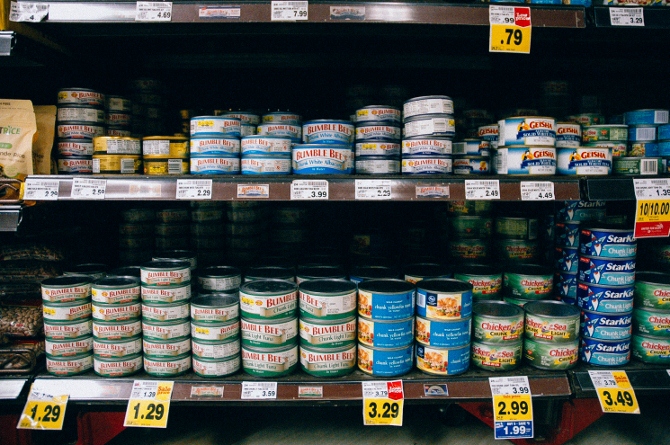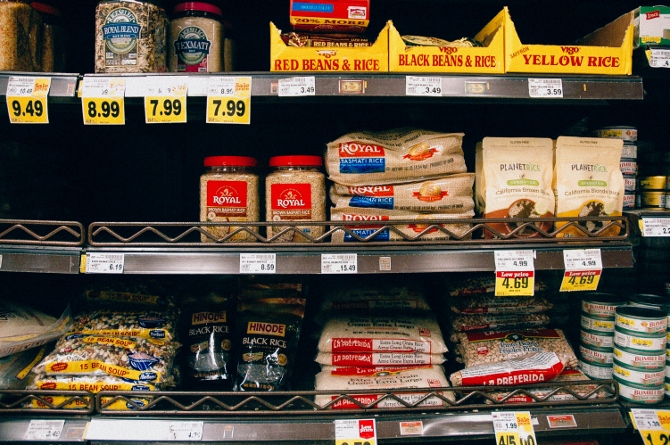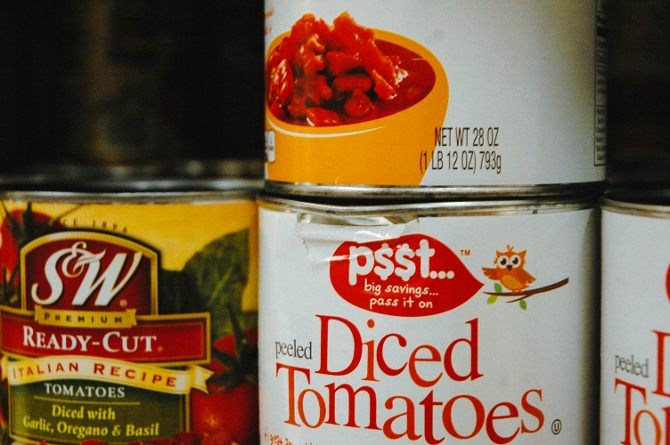Everyone (hopefully) uses basic precautions when they eat – washing hands before a meal, checking expiration dates, etc. Still, there are some food risks that many college students may not be aware of which actually have the potential to be quite dangerous. Here are four:

Photo by Angelica Pan
1. Mercury exposure from tuna (and several other fish).
Like many, I enjoy a good tuna salad sandwich, bad breath be damned. It’s not the healthiest option, so I only eat it on occasion. However, I recently learned that I also need to limit my consumption if I want to avoid mercury poisoning. Exposure to mercury can harm the brain and nervous system. Mercury can be found in many types of fish, but tuna can be particularly risky since tuna, especially canned tuna, is such a widely consumed fish. The best way to stay safe is to limit your consumption of tuna and other high-mercury fish and instead opt for a safer choice, such as salmon, according to Consumer Reports.
Image courtesy of Consumer Reports
The handy chart above can help you determine how much canned tuna you can safely eat in a week.

Photo by Angelica Pan
2. Arsenic in rice.
Here’s another unexpected food risk: arsenic in rice and rice products. Arsenic is known to increase the risk of cancer, and can be found in varying levels in different types of rice, according to Consumer Reports. One dilemma presented here is the fact that brown rice generally has about 80% more arsenic than white rice of the same type, but brown rice also contains more nutrients. It sucks – you’re trying to be healthy by eating brown rice, when in reality you may be exposing yourself to arsenic. The best way to address this problem is by eating brown basmati rice grown in places such as California, India, and Pakistan, which often have lower arsenic levels. Another solution is trying other grains, such as quinoa, that are lower in arsenic.
Image courtesy of Consumer Reports
The second half of this list is a bit different from the first; it has to do with safe practices rather than the food itself.

Photo by Angelica Pan
3. Dented or swollen cans
Canned foods are often a staple in many college students’ diets. However, a food risk many may forget to watch out for are canned goods that have gone bad or have been compromised in some way or another. The biggest danger here is Clostridium botulinum, a bacteria which thrives in anaerobic environments and produces a deadly toxin. While rare, this is a deadly risk you don’t want to take. Cans that have been deeply dented, are bulging, leaking, have a foul odor, spurt when opened, or are heavily rusted should be thrown out in tightly closed double-bagged plastic bags.

Photo by Angelica Pan
4. Raw dough/batter
Okay, I know you probably already know this one: eating foods containing raw eggs (i.e. cookie dough) puts you at risk of getting Salmonella. All of my friends do it, and they insist it’s fine, that they’ve done it plenty of times and have never gotten sick. However, the risk is still there. Best case scenario if you get Salmonella is you end up with about a week of bad food poisoning symptoms (fever, cramps and diarrhea). Worst case scenario could mean hospitalization or, in certain rare cases, even death.
Here’s a safer alternative if you just can’t resist those cookie dough cravings.
With these tips, you can stay safe while you enjoy your favorite foods!




